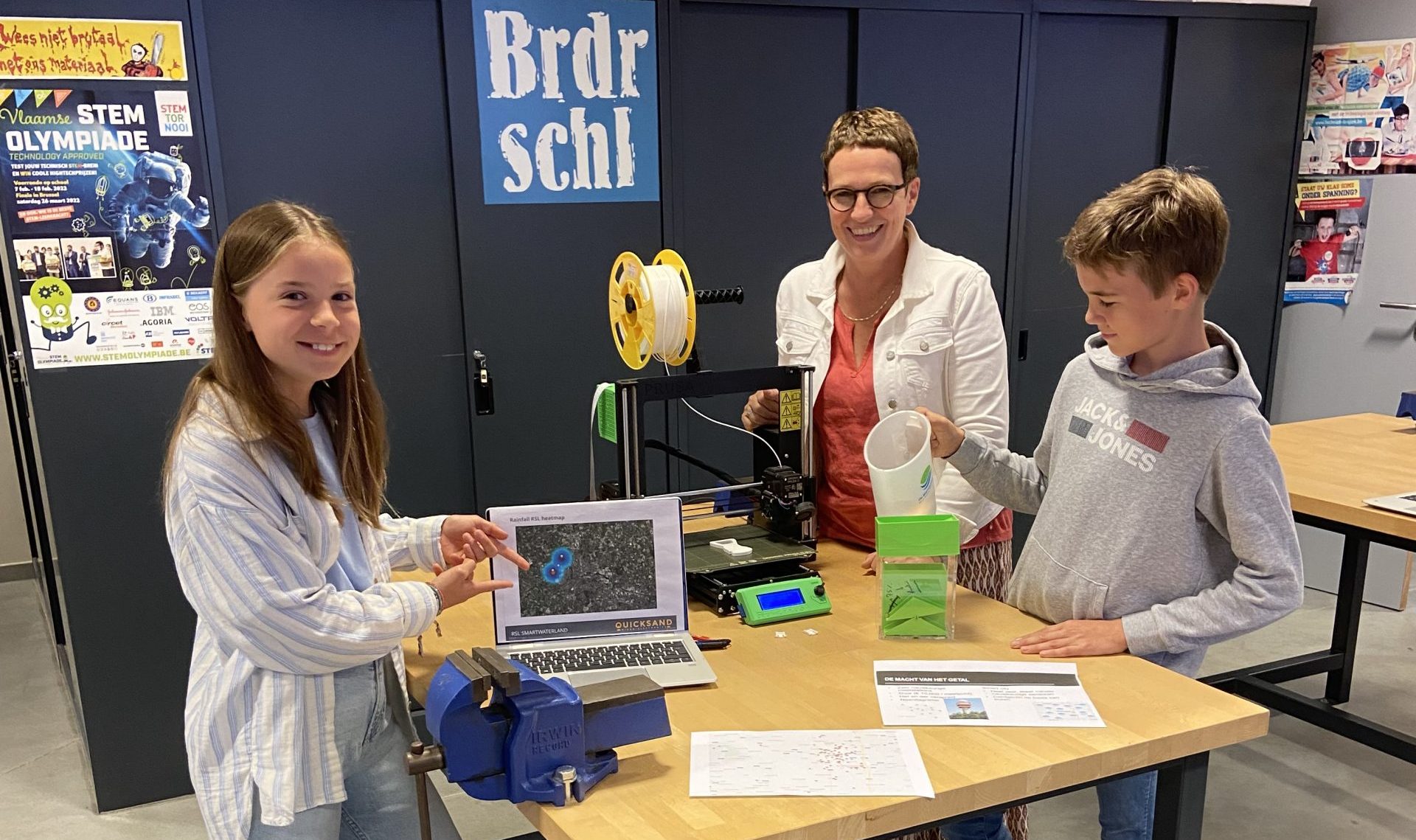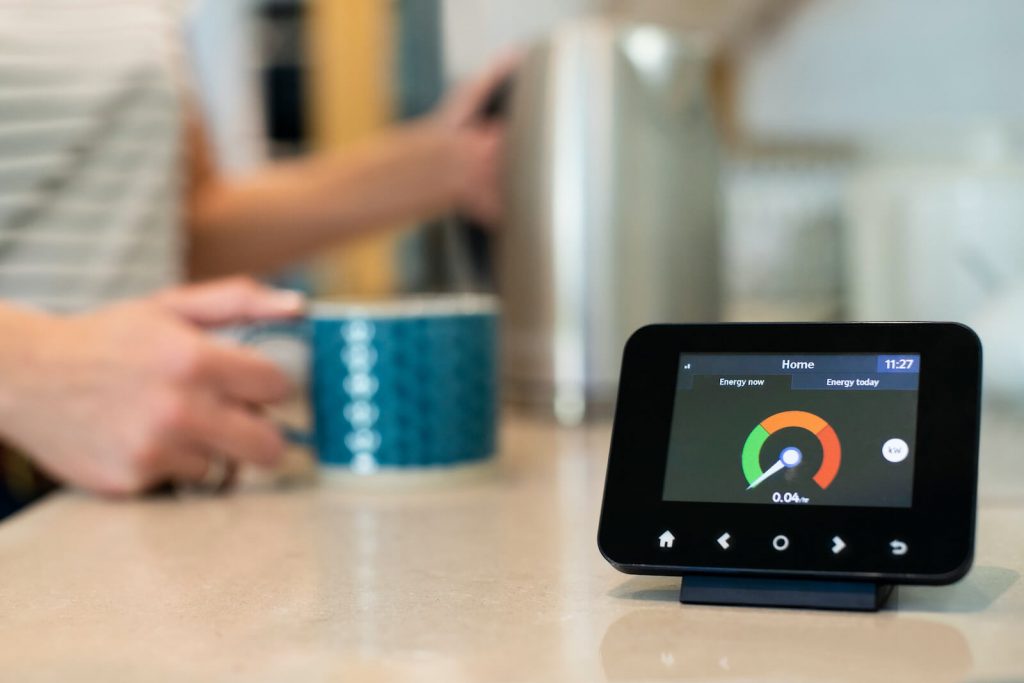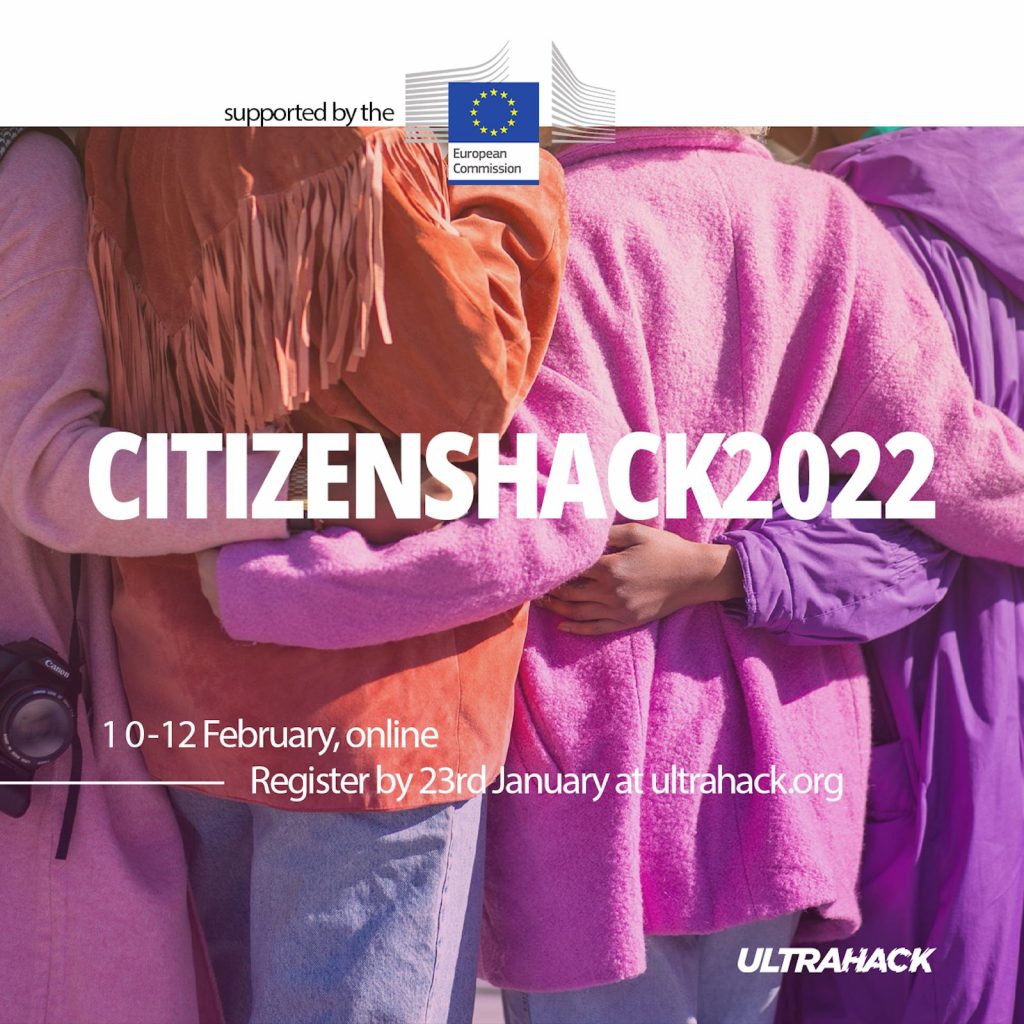Global warming makes extreme weather phenomena, like floods and droughts, more common. Due to its morphology, the city of Roeselare in Belgium is vulnerable to such severe events and has a keen interest in monitoring, recording and analysing precipitation data.
Through the Smartwaterland citizen science project, Roeselare involves different stakeholders, such as high school students, in collecting precipitation data via pluviometers. The information collected is uploaded on an online platform and can be used immediately, for example, to steer the water system or intervene in an emergency.
Jasmien Wellens, Project Leader Innovation and Digitalisation at the Strategic Unit of the City of Roeselare, is telling us how this project has become a pilot for CitiMeasure and how it has helped them take Smartwaterland to the next level.
How do you work with students?
We teach the students using an educational package that helps them put together the pluviometer and understand what it does and how to use it. Then they bring it home and start gathering data about rainfalls etc.
The data will be helpful to the city for its predictions, but it can also be used by the students in classes like statistics or geography.
What’s the role of CitiMeasure in this?
When I first read the CitiMeasure guidelines, I thought the communication strategy and evaluation plan sections were most relevant to us. So, we have already developed the communication strategy and are working on an evaluation plan.
For the strategy, CitiMeasure helped us first by sending examples to base ours on and identifying which recommendations from the guidelines were relevant in our case. We also received feedback to improve our first versions.
Being part of CitiMeasure helped us because we got support from people who have more experience in citizen science projects, while this was a first for us.
Who is your communication for?
We have different audiences—for example, the students and their parents who play a role in the project. But we also address local politicians and the Flemish government because they are important stakeholders, and they have funded the project, so they want to know what the end of the project will be and what it will look like.
What about the evaluation plan?
It’s an evaluation of how the project went and what we learned. This step will be crucial because now we are running a pilot in one school, but we hope to reach out to multiple schools in our city or even the region. So, I’m now working on the feedback I received from CitiMeasure on the first version of the plan.
What have been some learning moments for you in CitiMeasure?
The Working Group meetings have been learning moments through their workshops. And the guidelines, particularly the concrete examples from other places.
What do you expect from the project in the future?
I want to tap into the project’s experts to discuss the output of our evaluation once it’s done. For example, if we have some lessons learned, how do we tackle them? I think it’s always easier to say what could be better, but how will we do this? And here’s where the experience can be helpful.
—
Quicksand makes the sensors for the Smartwaterlands project, while the design of the pluviometers and the educational package are by the University of Applied Sciences Vives. Other project partners are the WVI (West Flemish Intermunicipal Association) and de Broederschool.




